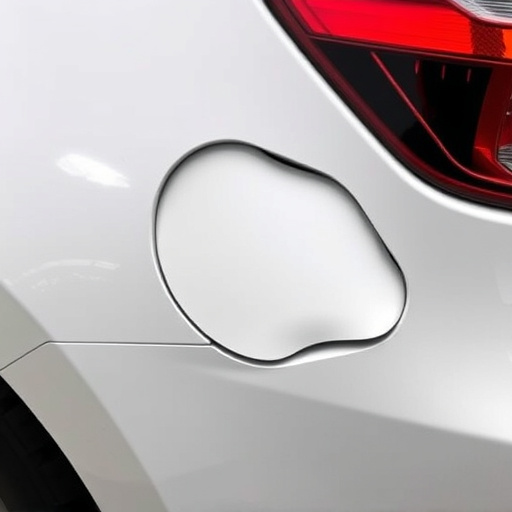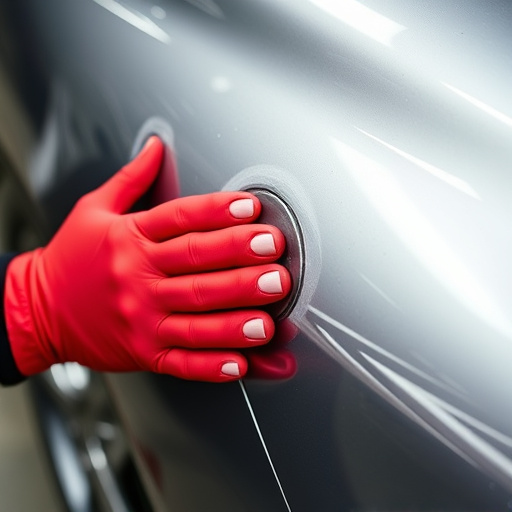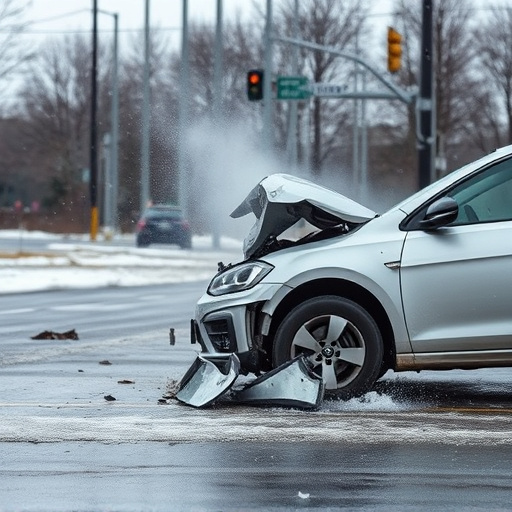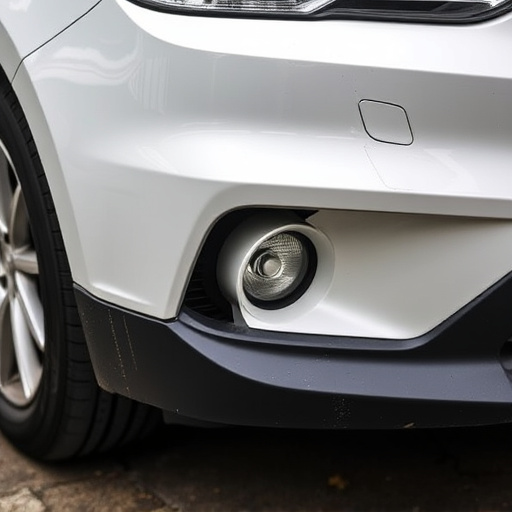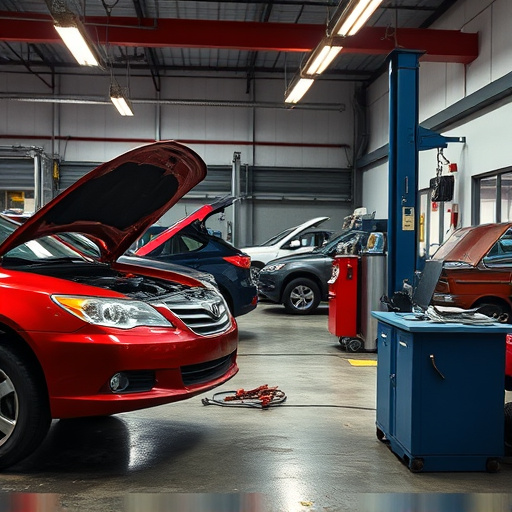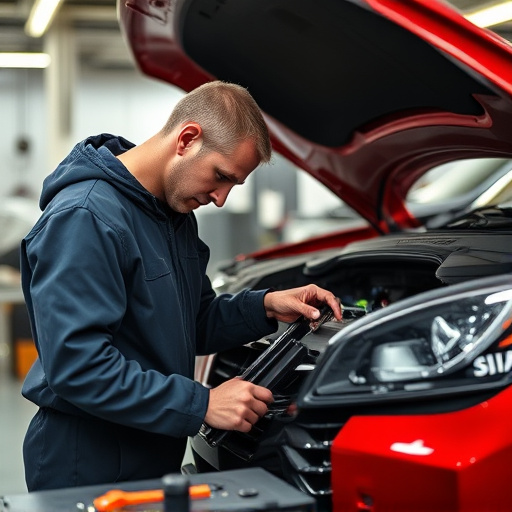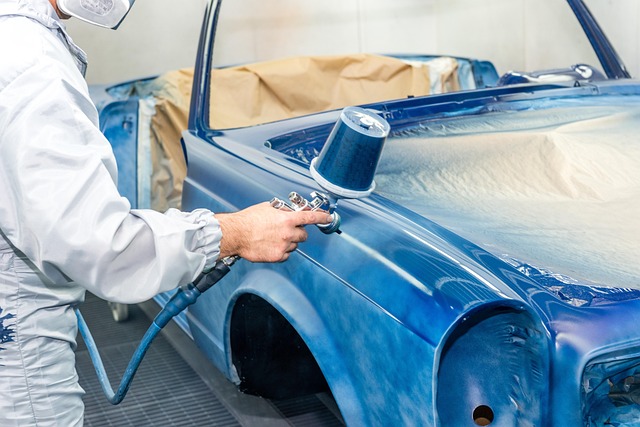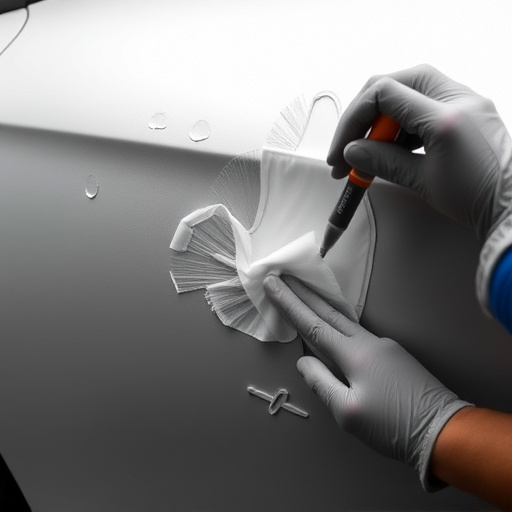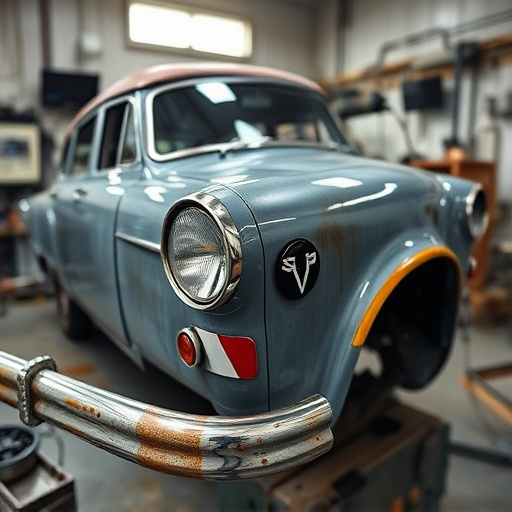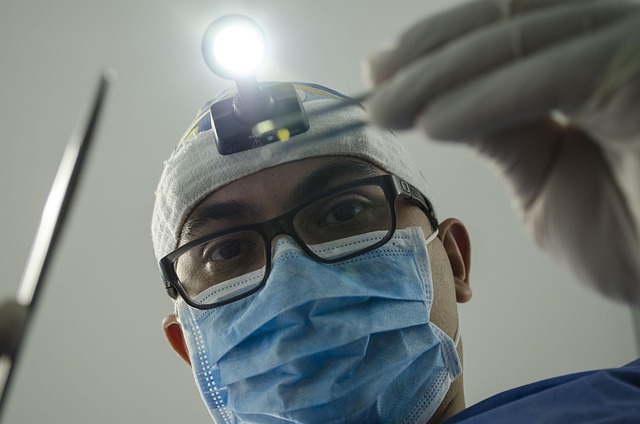Tesla vegan leather, though durable and stylish, requires specific repair techniques due to its non-porous surface. Prompt attention and the right tools, including cleaning solutions, sanding blocks, color-matched repair kits, and microfiber cloths, are crucial for minor damage. For severe cases, professional restoration with heat guns and precise cutting instruments may be needed to restore Tesla vegan leather to its original condition.
Tesla owners often face the dilemma of maintaining their vehicle’s interior, especially with the unique vegan leather used. This material, known for its durability and eco-friendliness, can still succumb to scratches and tears over time. This article guides you through the process of Tesla vegan leather repair, offering insights into understanding this material’s properties, identifying common issues, and providing a comprehensive step-by-step guide to restore your Tesla’s pristine condition.
- Understanding Tesla Vegan Leather: Properties and Common Issues
- Tools and Materials for Effective Vegan Leather Repair
- Step-by-Step Guide to Restoring Scratches and Tears on Your Tesla's Leather
Understanding Tesla Vegan Leather: Properties and Common Issues
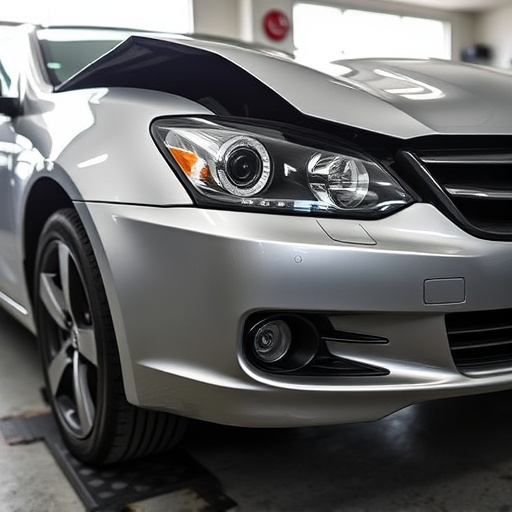
Tesla’s vegan leather, a popular choice for interior trim, offers a sustainable and stylish alternative to traditional materials. It’s crafted without animal products, boasting durability, comfort, and an attractive texture. However, like any material, it’s not immune to damage. Scratches, tears, and scuffs can mar its pristine appearance, requiring effective Tesla vegan leather repair for optimal restoration.
Understanding the unique properties of vegan leather is crucial for successful repairs. Its non-porous surface makes it resistant to stains but also means that deep penetration of repair compounds is more challenging. Common issues often arise from everyday use, such as wear and tear caused by frequent contact with hands, bags, or accessories. Prompt attention to scratches and tears can prevent further damage, ensuring the vehicle body repair remains minimal and the original aesthetic integrity of the vegan leather preserved.
Tools and Materials for Effective Vegan Leather Repair
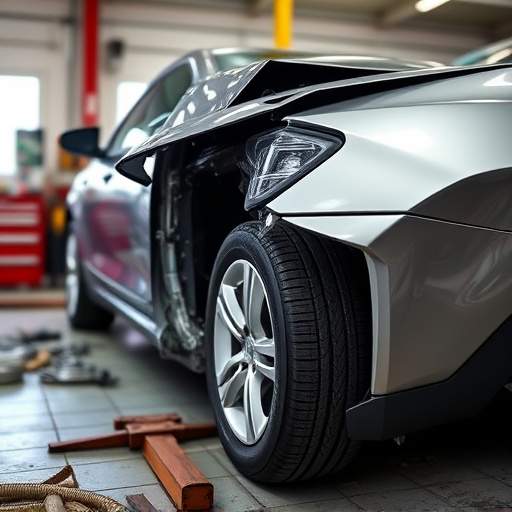
To effectively repair Tesla vegan leather for scratches and tears, the right tools and materials are essential. Key components include specialized cleaning solutions to prepare the surface, a fine-grit sanding block for smoothing out imperfections, and a high-quality, color-matched repair kit containing a composite filler, fabric hardener, and a topcoat that mimics the original material’s texture and hue. Additionally, microfiber cloths are indispensable for spotless application and blending.
For more severe collision damage repair or deep tears, professional automotive restoration techniques may be required. These involve more advanced tools like heat guns and vacuum forms to reshape and mold the leather, along with precise cutting instruments for intricate repairs. While paintless dent repair isn’t typically applicable to vegan leather due to its unique composition, the right combination of these materials and methods ensures that Tesla vegan leather surfaces are restored to their original, sleek and sophisticated condition.
Step-by-Step Guide to Restoring Scratches and Tears on Your Tesla's Leather
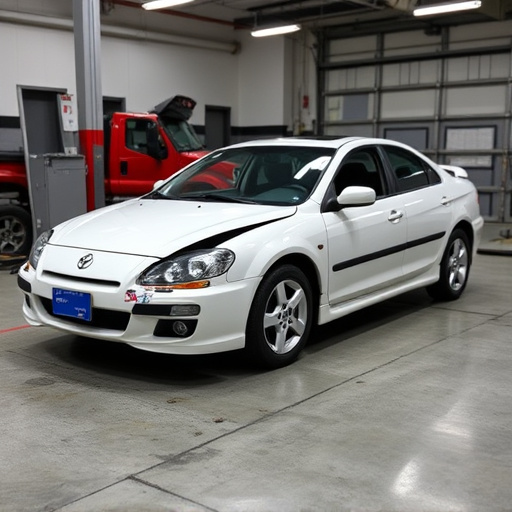
Restoring your Tesla’s vegan leather interior is an effective way to revive its appearance and prolong its lifespan. Here’s a step-by-step guide for fixing scratches and tears, tailored for Tesla owners looking to handle minor damage themselves.
Start by cleaning the affected area with a microfiber cloth dampened with water and a mild soap. This removes any dirt or debris stuck in the scratch. Next, use a high-quality leather cleaner to condition and protect the surrounding leather, ensuring the repair area is evenly treated. Once dry, apply a thin layer of Tesla-approved vegan leather repair kit, following the manufacturer’s instructions. For deeper scratches, consider using a fine-grit sandpaper (around 400-600) to gently buff away damaged material, then wipe clean before applying the repair compound. After allowing it to dry, use a sharp blade or a small scraper to carefully remove any excess, leaving a smooth surface ready for touch-ups with a leather dye if necessary.
Tesla vegan leather, known for its durability and eco-friendly properties, is susceptible to scratches and tears. However, with the right tools and a systematic approach, you can effectively restore your Tesla’s interior to like-new condition. By understanding the material’s unique characteristics and following a structured repair guide, you’ll be able to undertake these repairs yourself, saving time and money while ensuring your vehicle maintains its sleek and sustainable aesthetic. Mastering Tesla vegan leather repair is not only beneficial for enhancing your car’s appearance but also empowers you to take charge of its upkeep, making it a valuable skill for any Tesla owner.

